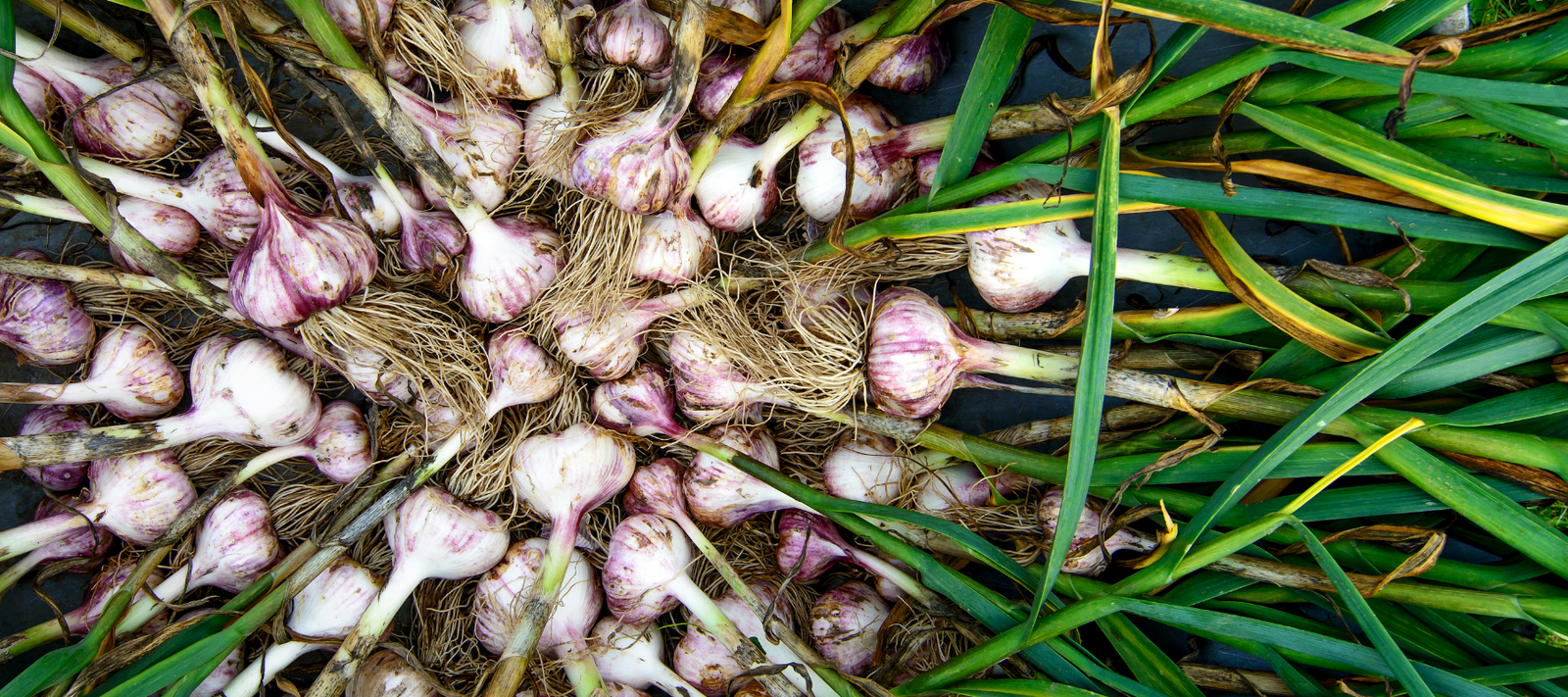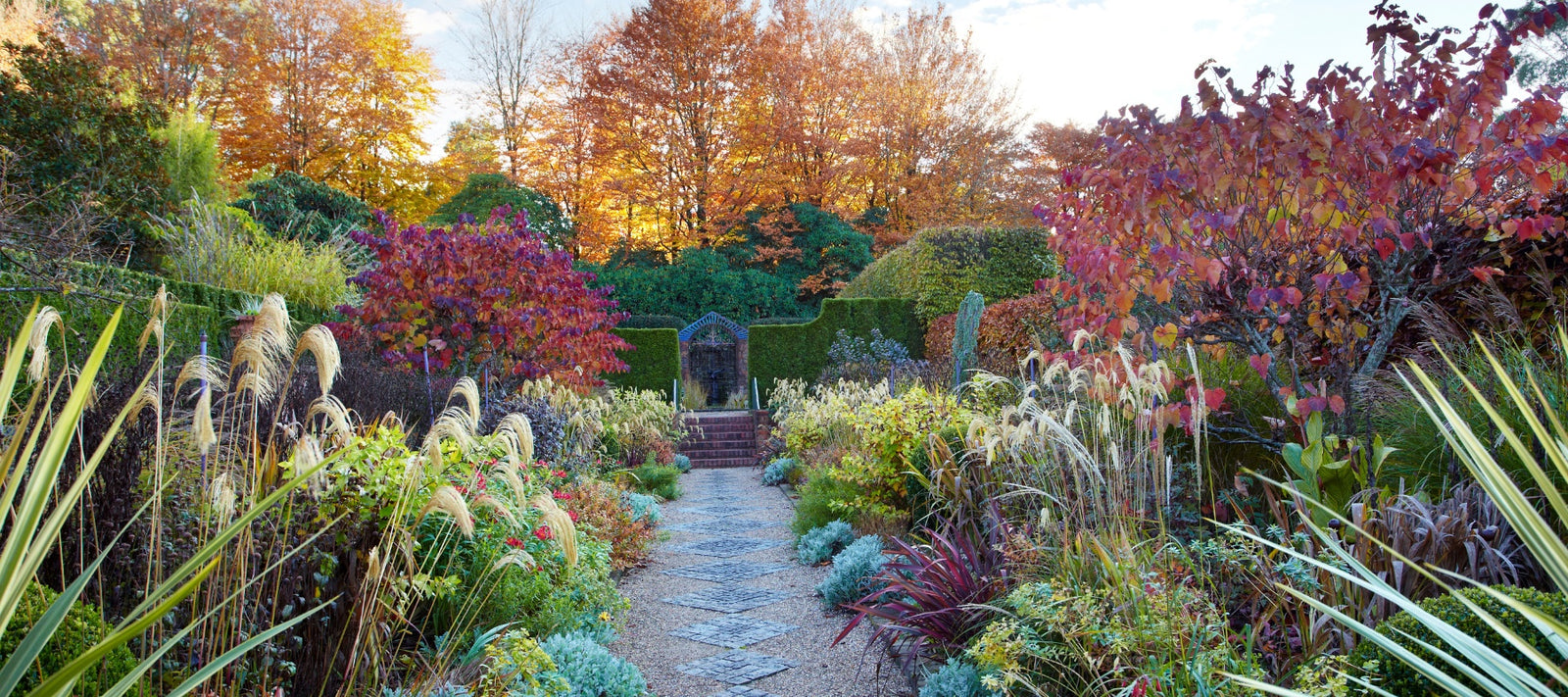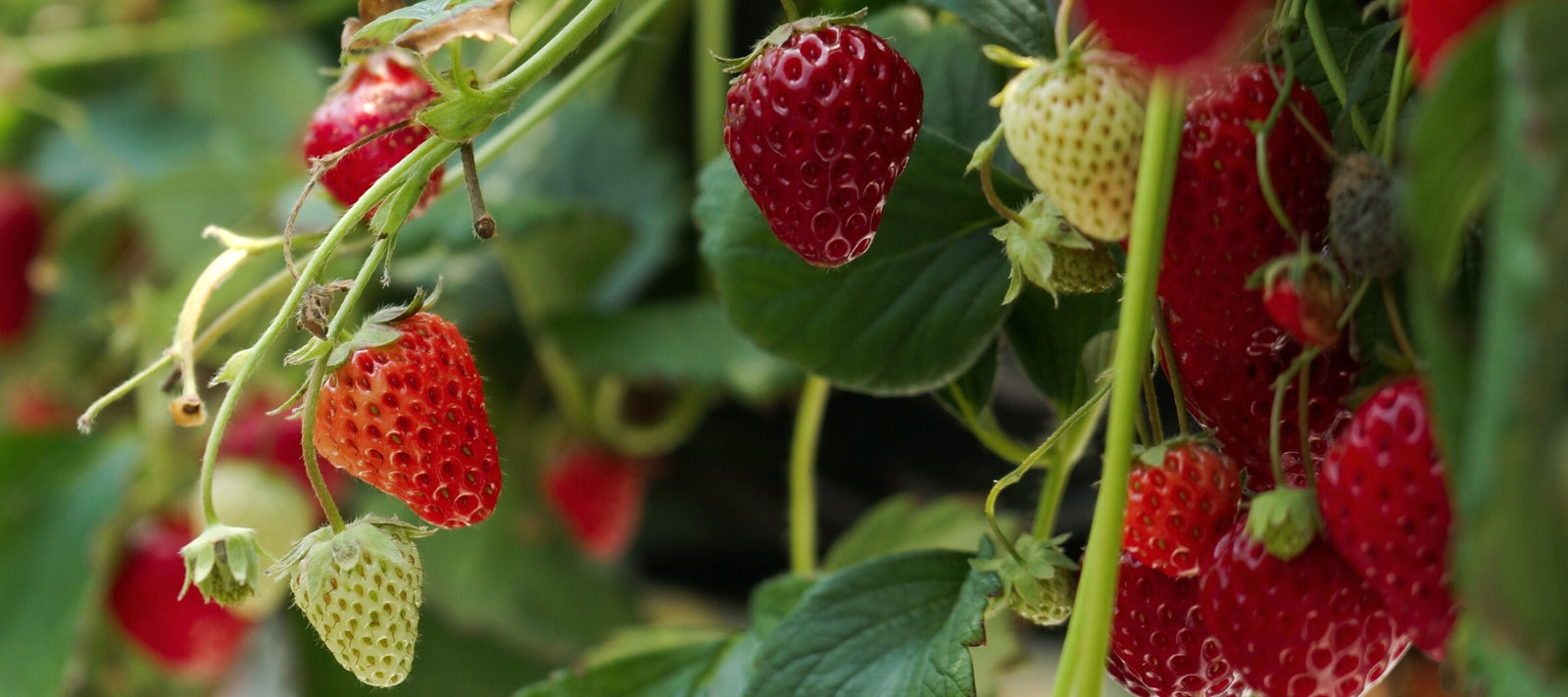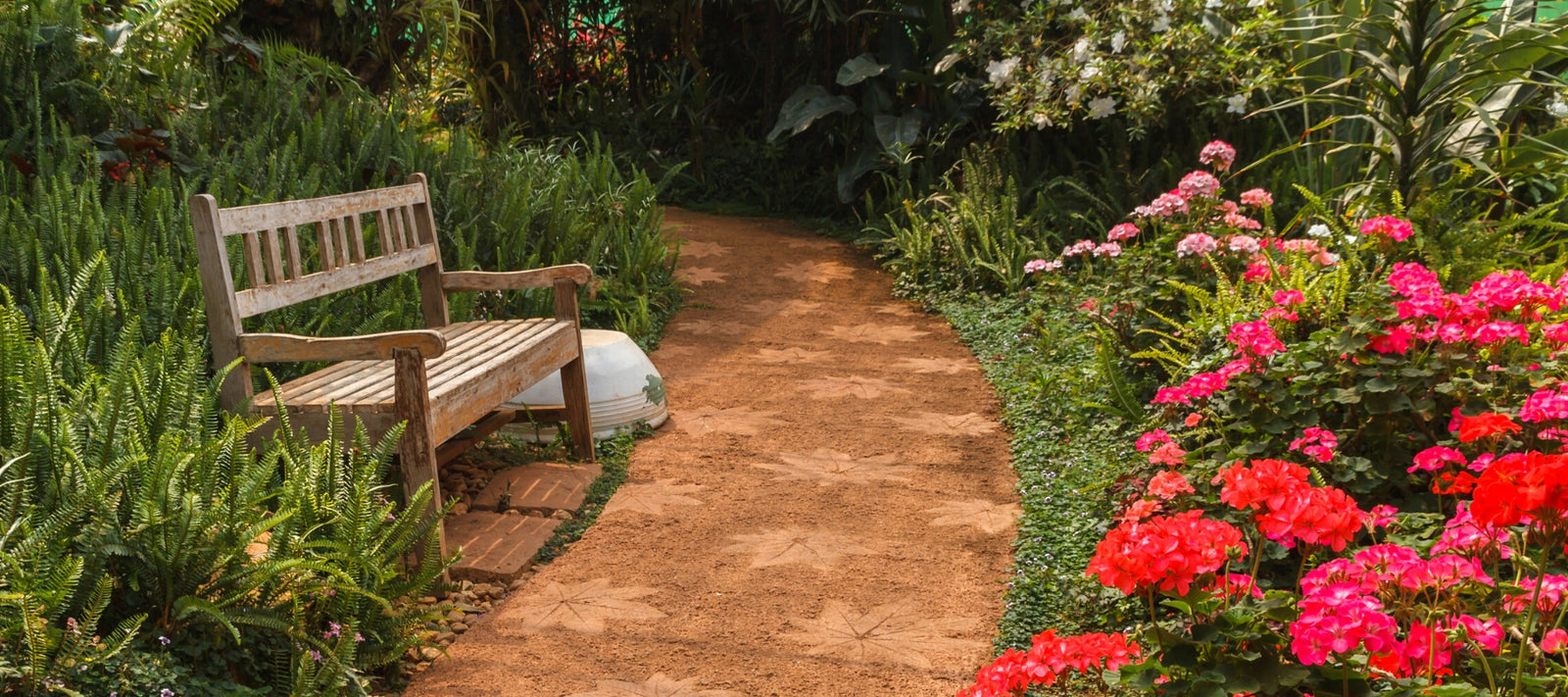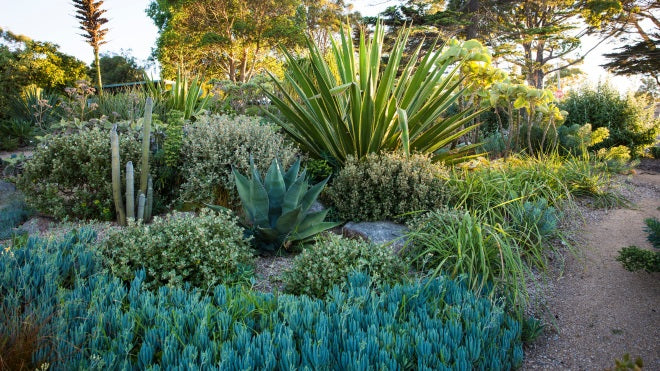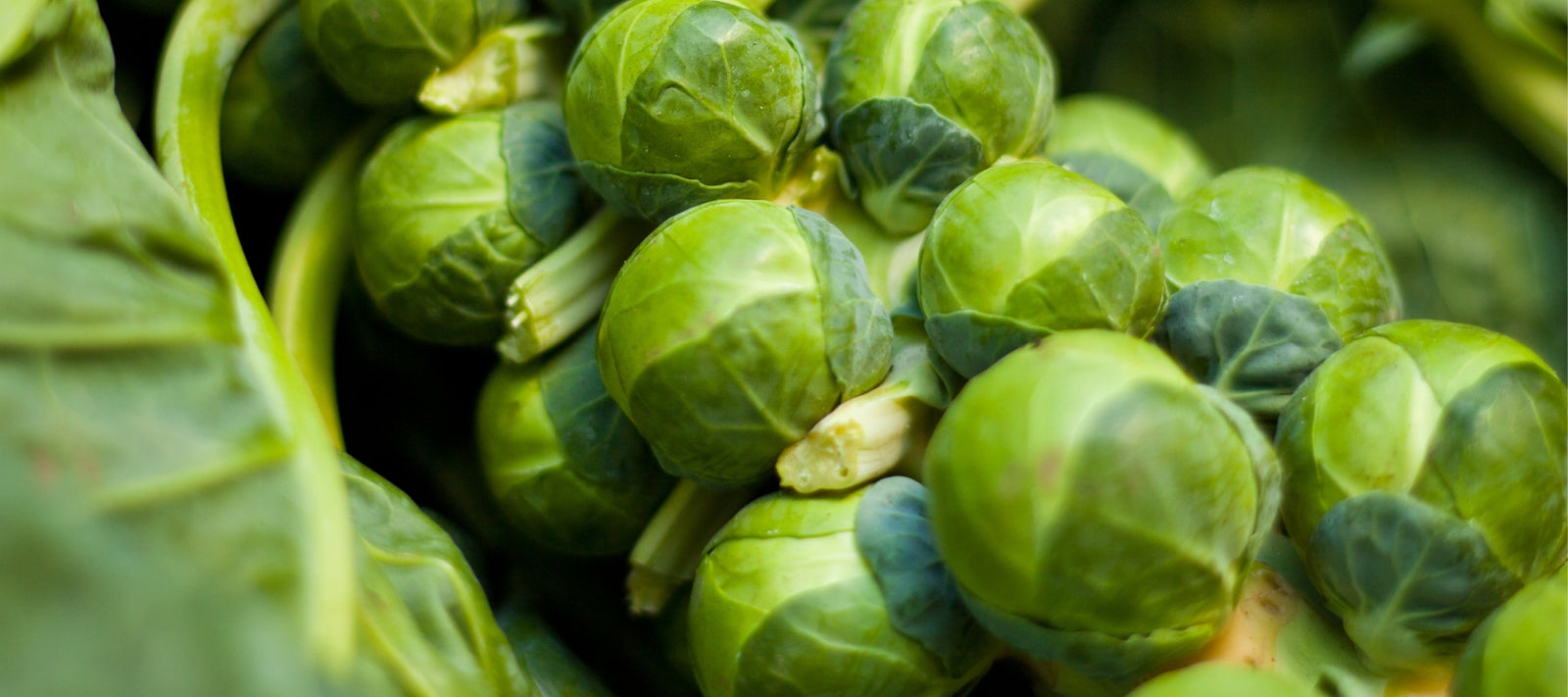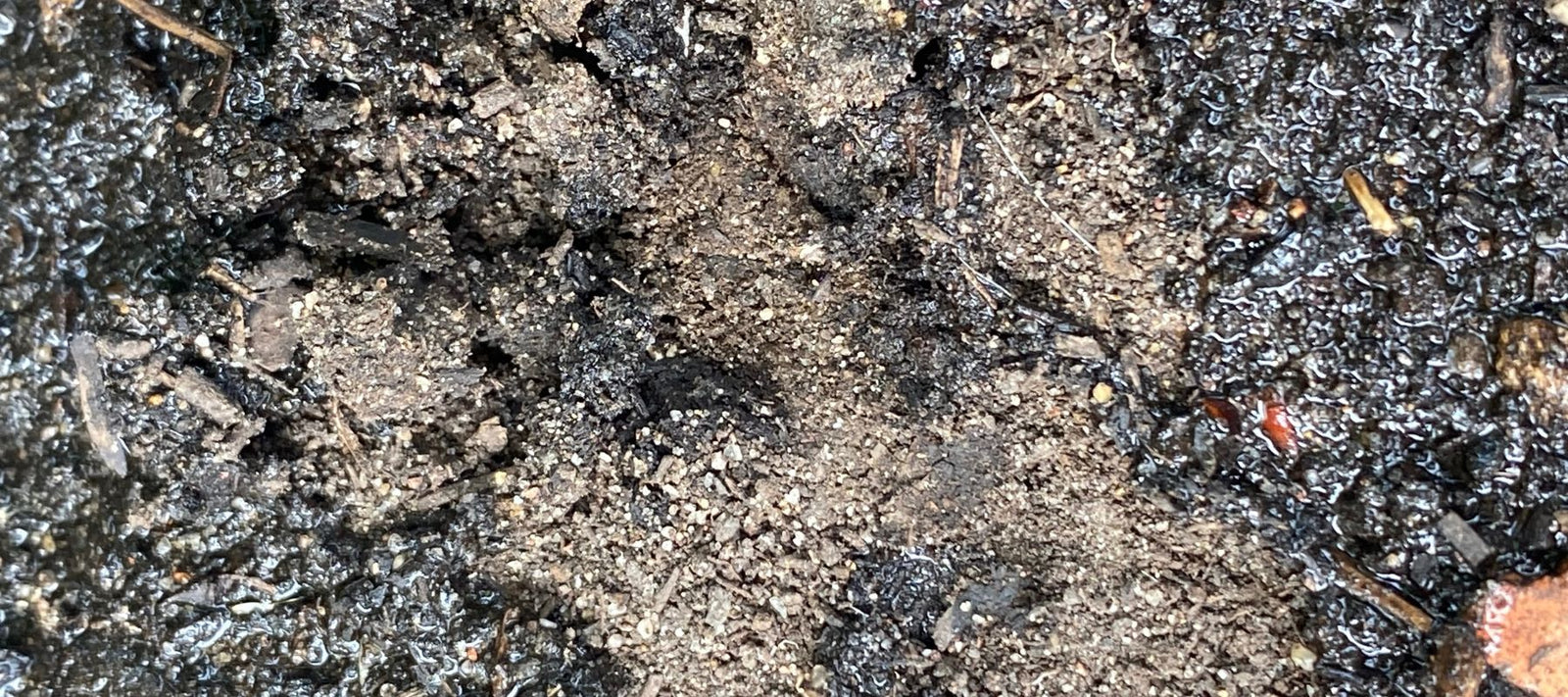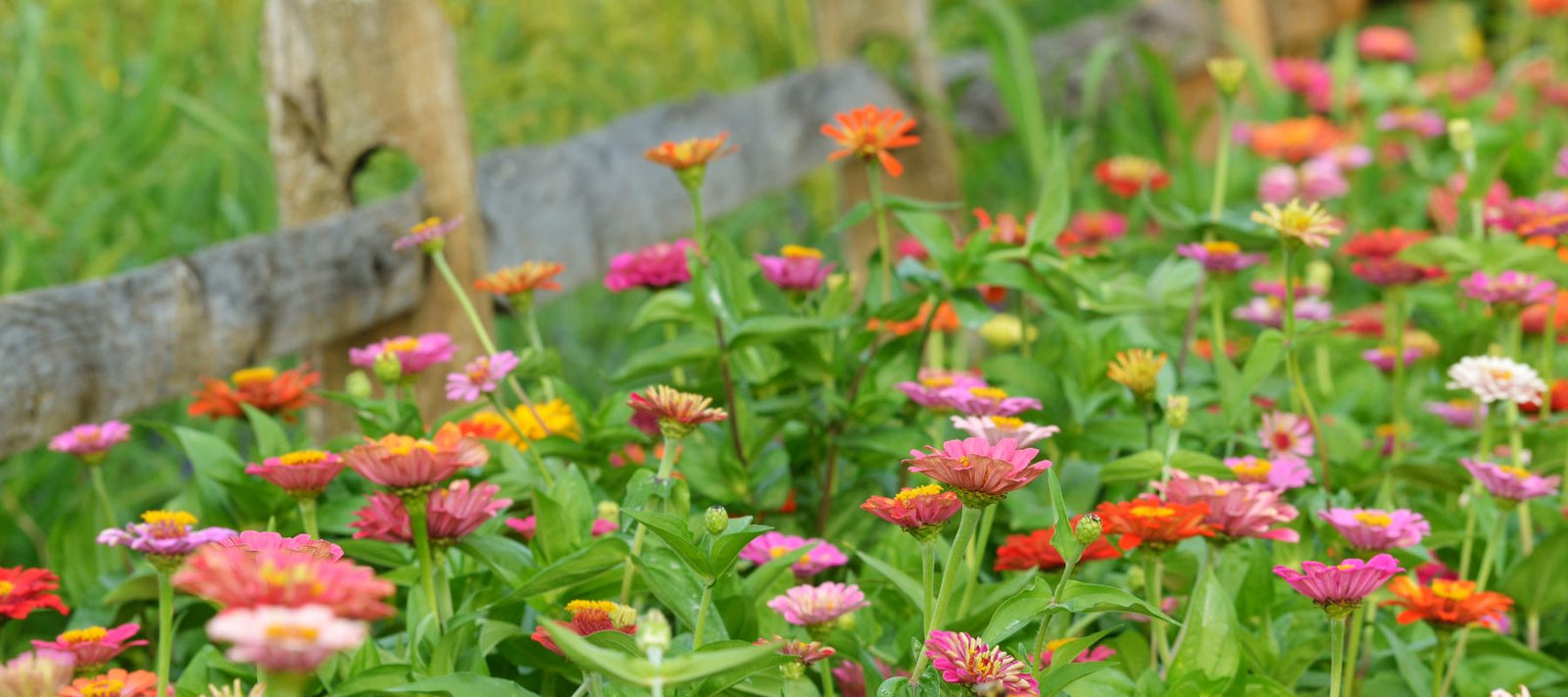Growing your own garlic is easy and incredibly rewarding. Garlic is planted from late December to...
The Diggers Club 2024 Autumn Magazine highlights include Seed the future, bonsai at Cloudehill, e...
Strawberries epitomise the leisurely, aromatic, and sweet essence of summer days. Discover how to...
How do I make a sensory garden?
Creating a sensory garden is designing a garden that appeals to a...
You don't need to live by the coast to experience the beauty of the coastal landscape. With the r...
The greatest challenges bring the greatest rewards and while Brussels sprouts can be tricky to gr...
With just a few simple ingredients, you can make your own seed raising mix at home. Discover the ...
Many gardeners will have noticed that sometimes, while watering, that the water does not soak in ...
Not only wonderful cut flowers, zinnias add some extra flower power to the garden throughout summer.

